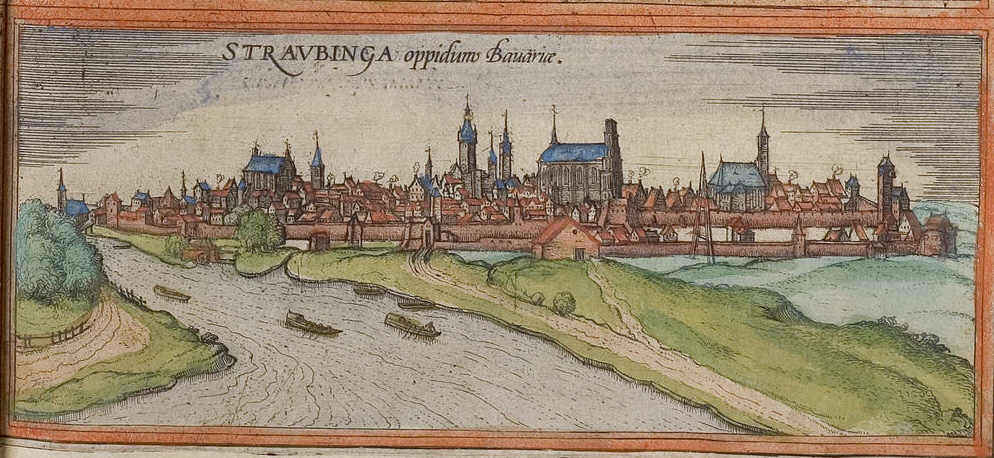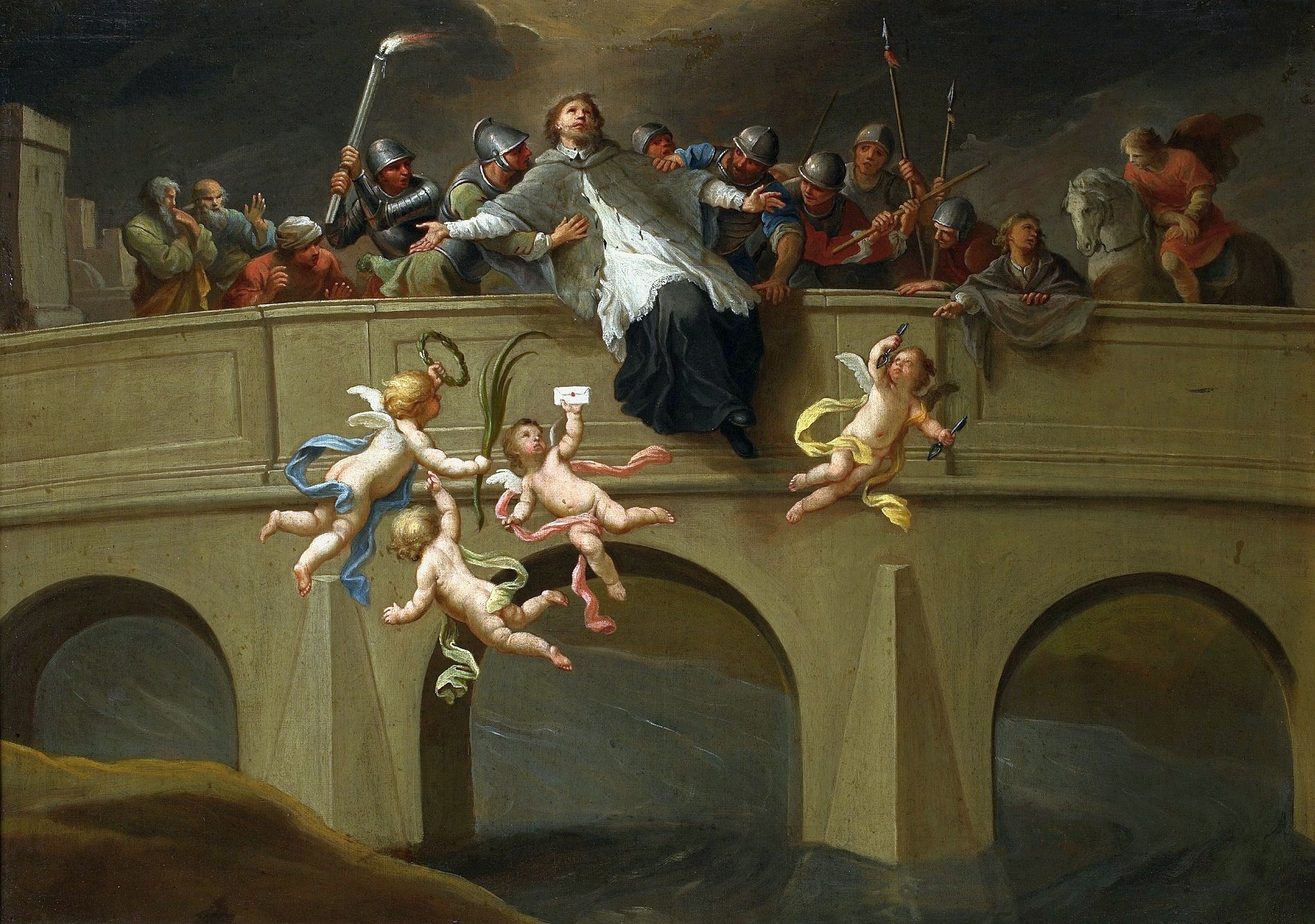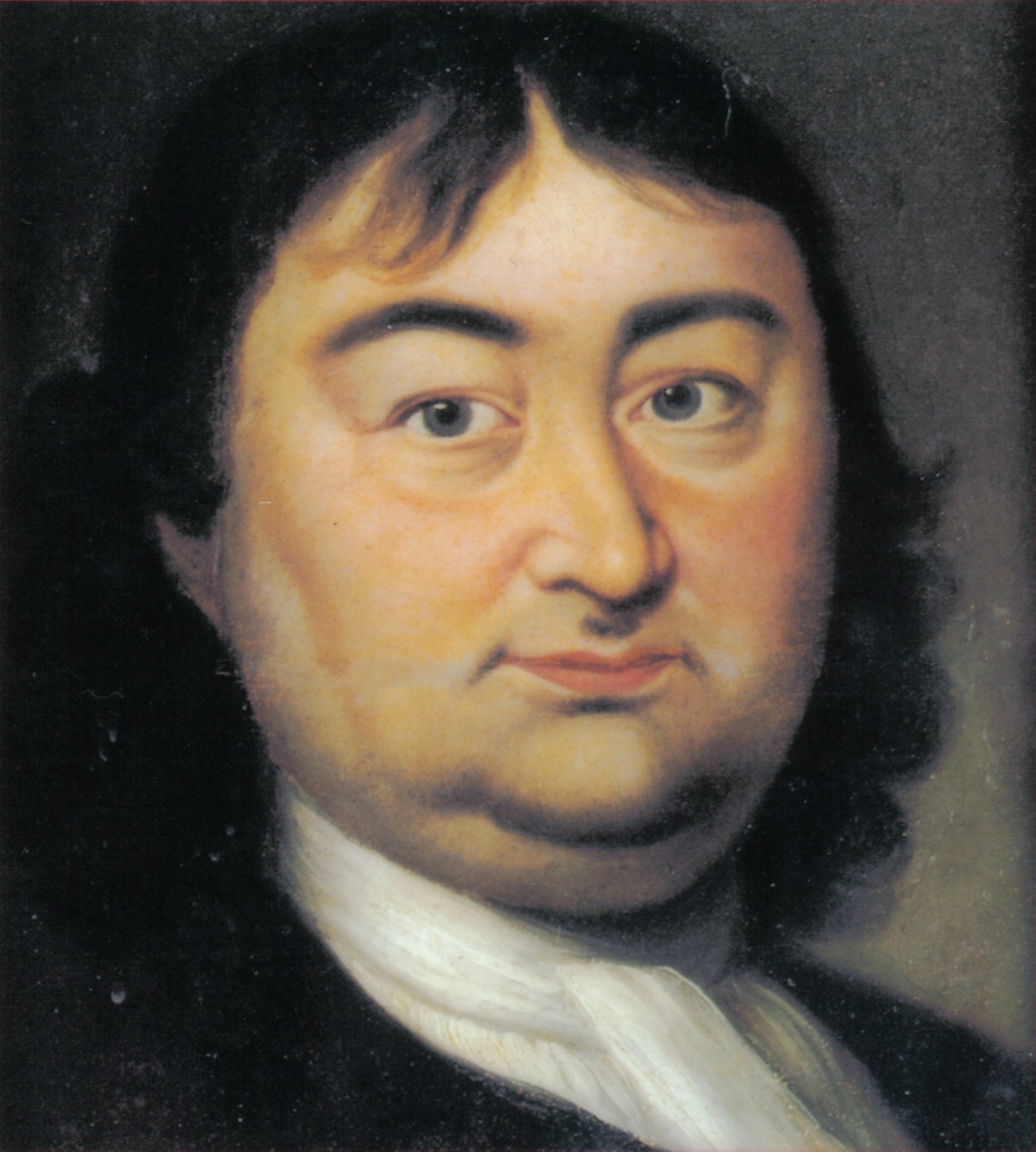|
Joseph Anton Merz
Joseph Anton Merz (1681 – 7 January 1750) was a German Baroque painter. Merz was born in Marktoberdorf, in Swabia. He was active until 1734, mainly around Straubing, in Bavaria, and predominantly painted altarpieces and frescos. His better known works include a fresco cycle in the Oberalteich Abbey, and the ceiling fresco of the Church of St. John of Nepomuk in Thürnthenning (now in greater Moosthenning Moosthenning ( bar, Moosdenning) is a municipality in the district of Dingolfing-Landau in Bavaria in Germany Germany,, officially the Federal Republic of Germany, is a country in Central Europe. It is the second most populous cou ...). References * {{DEFAULTSORT:Merz, Joseph Anton 1681 births 1750 deaths People from Marktoberdorf German Baroque painters Fresco painters ... [...More Info...] [...Related Items...] OR: [Wikipedia] [Google] [Baidu] |
Baroque Painter
Baroque painting is the painting associated with the Baroque cultural movement. The movement is often identified with Absolutism, the Counter Reformation and Catholic Revival,Counter Reformation from '''', latest edition, full-article. but the existence of important Baroque art and in non-absolutist and states throughout Western Europe underscores ... [...More Info...] [...Related Items...] OR: [Wikipedia] [Google] [Baidu] |
Marktoberdorf
Marktoberdorf () is the capital of the Bavarian district of Ostallgäu in the ''Regierungsbezirk'' of Swabia. Marktoberdorf is near Kempten, Füssen, known for the castle Neuschwanstein, Bad Wörishofen, and Schongau. The nearest larger city is Kaufbeuren, eleven kilometers away. Marktoberdorf plays host to the International Chamber Choir Competition Marktoberdorf every two years. In computer science, it is known for its hosting of the annual International Summer School Marktoberdorf every year since 1970. This Advanced Study Institute of the NATO Security Through Science Committee (now NATO Science for Peace) and the computer science department of the Technische Universität München is a two-week course for young computer scientists and mathematicians working in the field of formal systems development. Students are accommodated in the boarding house of the local high school, Gymnasium Marktoberdorf. Marktoberdorf is home to the tractor manufacturer Fendt, where its founder X ... [...More Info...] [...Related Items...] OR: [Wikipedia] [Google] [Baidu] |
Swabia
Swabia ; german: Schwaben , colloquially ''Schwabenland'' or ''Ländle''; archaic English also Suabia or Svebia is a cultural, historic and linguistic region in southwestern Germany. The name is ultimately derived from the medieval Duchy of Swabia, one of the German stem duchies, representing the territory of Alemannia, whose inhabitants interchangeably were called '' Alemanni'' or '' Suebi''. This territory would include all of the Alemannic German area, but the modern concept of Swabia is more restricted, due to the collapse of the duchy of Swabia in the thirteenth century. Swabia as understood in modern ethnography roughly coincides with the Swabian Circle of the Holy Roman Empire as it stood during the Early Modern period, now divided between the states of Bavaria and Baden-Württemberg. Swabians (''Schwaben'', singular ''Schwabe'') are the natives of Swabia and speakers of Swabian German. Their number was estimated at close to 0.8 million by SIL Ethnologue as of 2 ... [...More Info...] [...Related Items...] OR: [Wikipedia] [Google] [Baidu] |
Straubing
Straubing () is an independent city in Lower Bavaria, southern Germany. It is seat of the district of Straubing-Bogen. Annually in August the Gäubodenvolksfest, the second largest fair in Bavaria, is held. The city is located on the Danube forming the centre of the Gäuboden. History The area of Straubing has been continuously settled since the Neolithic. The conquest by the Romans in 16–14 BC had a dramatic impact on the whole region. Even today many traces of the 400-year Roman occupation can be found: for example, the famous 'Römerschatz' (Roman treasure) which was excavated in 1950 and which is shown in the Gäubodenmuseum. ''Sorviodurum'', as the Romans called it, was an important military support base. After the fall of the Roman Empire Straubing became a centre of settlement of the Bavarii, mostly around St. Peter's Church (built in the 9th century) between Allachbach and Danube. According to the customs of the Bavarii the settlement was named after their leader ''S ... [...More Info...] [...Related Items...] OR: [Wikipedia] [Google] [Baidu] |
Bavaria
Bavaria ( ; ), officially the Free State of Bavaria (german: Freistaat Bayern, link=no ), is a state in the south-east of Germany. With an area of , Bavaria is the largest German state by land area, comprising roughly a fifth of the total land area of Germany. With over 13 million inhabitants, it is second in population only to North Rhine-Westphalia, but due to its large size its population density is below the German average. Bavaria's main cities are Munich (its capital and largest city and also the third largest city in Germany), Nuremberg, and Augsburg. The history of Bavaria includes its earliest settlement by Iron Age Celtic tribes, followed by the conquests of the Roman Empire in the 1st century BC, when the territory was incorporated into the provinces of Raetia and Noricum. It became the Duchy of Bavaria (a stem duchy) in the 6th century AD following the collapse of the Western Roman Empire. It was later incorporated into the Holy Roman Empire, became an ind ... [...More Info...] [...Related Items...] OR: [Wikipedia] [Google] [Baidu] |
Altarpiece
An altarpiece is an artwork such as a painting, sculpture or relief representing a religious subject made for placing at the back of or behind the altar of a Christian church. Though most commonly used for a single work of art such as a painting or sculpture, or a set of them, the word can also be used of the whole ensemble behind an altar, otherwise known as a reredos, including what is often an elaborate frame for the central image or images. Altarpieces were one of the most important products of Christian art especially from the late Middle Ages to the era of the Counter-Reformation. Many altarpieces have been removed from their church settings, and often from their elaborate sculpted frameworks, and are displayed as more simply framed paintings in museums and elsewhere. History Origins and early development Altarpieces seem to have begun to be used during the 11th century, with the possible exception of a few earlier examples. The reasons and forces that led to the developme ... [...More Info...] [...Related Items...] OR: [Wikipedia] [Google] [Baidu] |
Fresco
Fresco (plural ''frescos'' or ''frescoes'') is a technique of mural painting executed upon freshly laid ("wet") lime plaster. Water is used as the vehicle for the dry-powder pigment to merge with the plaster, and with the setting of the plaster, the painting becomes an integral part of the wall. The word ''fresco'' ( it, affresco) is derived from the Italian adjective ''fresco'' meaning "fresh", and may thus be contrasted with fresco-secco or secco mural painting techniques, which are applied to dried plaster, to supplement painting in fresco. The fresco technique has been employed since antiquity and is closely associated with Italian Renaissance painting. The word ''fresco'' is commonly and inaccurately used in English to refer to any wall painting regardless of the plaster technology or binding medium. This, in part, contributes to a misconception that the most geographically and temporally common wall painting technology was the painting into wet lime plaster. Even in appar ... [...More Info...] [...Related Items...] OR: [Wikipedia] [Google] [Baidu] |
Oberalteich Abbey
Oberalteich Abbey (german: Abtei Oberalteich or ''Kloster Oberalteich''; sometimes ''Oberaltaich'') was a Benedictine monastery in Bogen, Bavaria, Germany. History The monastery, dedicated to Saints Peter and Paul, was founded in c. 1100 by Count Frederick of Bogen, a '' Vogt'' of Regensburg Cathedral. After a serious fire in 1245 the premises were re-constructed under abbots Heimo (1247 to 1252) and Purchard (1256 to 1260). Under abbot Friedrich II (1346 to 1358) the abbey was fortified. The church was extensively altered in the time of abbot Johann II Asperger (1438 to 1463). The mediaeval monastery complex was modernised by abbot Veit Höser (1604 to 1634), which was followed by a total Baroque The Baroque (, ; ) is a style of architecture, music, dance, painting, sculpture, poetry, and other arts that flourished in Europe from the early 17th century until the 1750s. In the territories of the Spanish and Portuguese empires including t ... refurbishment under abbots Ro ... [...More Info...] [...Related Items...] OR: [Wikipedia] [Google] [Baidu] |
John Of Nepomuk
John of Nepomuk (or John Nepomucene) ( cs, Jan Nepomucký; german: Johannes Nepomuk; la, Ioannes Nepomucenus) ( 1345 – 20 March 1393) was the saint of Bohemia (Czech Republic) who was drowned in the Vltava river at the behest of Wenceslaus IV of Bohemia. Later accounts state that he was the confessor of the queen of Bohemia and refused to divulge the secrets of the confessional. On the basis of this account, John of Nepomuk is considered the first martyr of the Seal of the Confessional, a patron against calumnies and, because of the manner of his death, a protector from floods and drowning. Basic biographical information Jan z Pomuku came from the small market town of Pomuk (later renamed Nepomuk) in Bohemia, now in the Czech Republic, which belonged to the nearby Cistercian abbey. Born in the 1340s, his father was a certain Velflín (Welflin, Wölflin) and his mother is unknown. His father's name is probably a derivative of the German name Wolfgang. Jan first studied at t ... [...More Info...] [...Related Items...] OR: [Wikipedia] [Google] [Baidu] |
Moosthenning
Moosthenning ( bar, Moosdenning) is a municipality in the district of Dingolfing-Landau in Bavaria in Germany Germany,, officially the Federal Republic of Germany, is a country in Central Europe. It is the second most populous country in Europe after Russia, and the most populous member state of the European Union. Germany is situated betwe .... References Dingolfing-Landau {{DingolfingLandau-geo-stub ... [...More Info...] [...Related Items...] OR: [Wikipedia] [Google] [Baidu] |
1681 Births
Events January–March * January 1 – Prince Muhammad Akbar, son of the Mughal Emperor Aurangzeb, initiates a civil war in India. With the support of troops from the Rajput states, Akbar declares himself the new Mughal Emperor and prepares to fight his father, but is ultimately defeated. * January 3 – The Treaty of Bakhchisarai is signed, between the Ottoman vassal Crimean Khanate and the Russian Empire. * January 18 – The "Exclusion Bill Parliament", summoned by King Charles II of England in October, is dissolved after three months, with directions that new elections be held, and that a new parliament be convened in March in Oxford. * February 2 – In India, the Mughal Empire city of Burhanpur (now in the Indian state of Madhya Pradesh) is sacked and looted by troops of the Maratha Empire on orders of the Maratha emperor, the Chhatrapati Sambhaji. General Hambirrao Mohite began the pillaging three days earlier. * March 4 – King Char ... [...More Info...] [...Related Items...] OR: [Wikipedia] [Google] [Baidu] |
.jpg)


.jpg)


